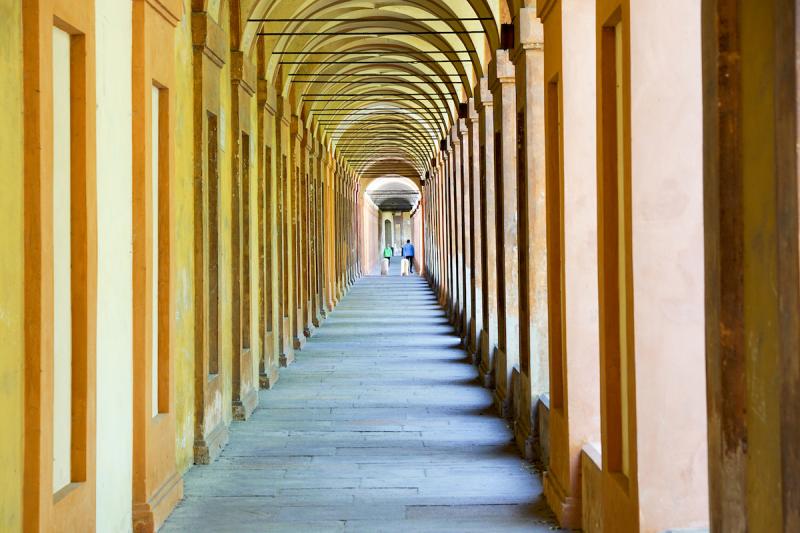Italy has just added two more sites to its long list of Unesco-inscribed places and monuments, art and architecture, for a total of 58 Unesco World Heritage sites, the country with the largest number in the world (second comes China with 56).
The announcement came at the end of July and the two new sites are Padua’s fourteenth-century fresco cycles and the Porticoes of Bologna.
Padua’s newly inscribed site is “composed of eight religious and secular building complexes, within the historic walled city of Padua, which house a selection of fresco cycles painted between 1302 and 1397,” including Giotto’s Scrovegni Chapel, a masterpiece in the history of painting in Italy and Europe in the 14th century.
The paintings included in the serial site belong to the golden age of the city, before it fell under Venetian rule; 1302 marks the arrival of Giotto in Padua, while 1397 is the year Jacopo da Verona painted his last cycle of frescoes in the Oratory of San Michele.
It is the second Unesco site in Padua, which is already on the list with its Botanical Garden, and is the result of a very long process, which began in 1996.
Bologna’s porticoes, a landmark of the city like the Two Towers and the local cuisine, became Italy’s 58th Unesco site on July 28, two days after Padua’s win was announced.
Bologna has 62 km of porticoes, of which 42 in the historic city center, No other city in the world has so many. 12 of the most symbolic stretches have been selected to represent the city’s porticoes, including the Portico dei Servi and the Portico di San Luca, which connects the city center with the Basilica di San Luca sanctuary on top of a hill and is considered the longest portico in the world.
“Defined as private property for public use, the porticoes have become an expression and element of Bologna’s urban identity,” writes Unesco.
Bologna had been working on the candidacy for years, presenting the porticoes as the symbol of “a sustainable urban lifestyle, in which religious and civil spaces and the homes of all social classes are perfectly integrated.”
The town of Montecatini Terme (province of Pistoia, Tuscany) was also inscribed onto Unesco World Heritage list as part of a serial site named “The Great Spa Towns of Europe,” towns that “developed around natural mineral water springs. They bear witness to the international European spa culture that developed from the early 18th century to the 1930s […].”
Meanwhile, Venice, which Unesco had threatened to put on its list of world heritage sites in danger, has been spared following the Italian government’s move in July to ban large cruise ships from Venice's lagoon.










